Mangan Software Whitepapers

The Safety Lifecycle Manager software application, SLM, is a powerful application that allows an Enterprise, Manufacturing Site or Engineering Project to manage and fully document Process Safety information in one location. The application provides basic Safety Life Cycle functions as well as providing an extensive set of additional functionalities that a particular user may choose to use, or not.

This paper discusses the requirements for Functional Safety Assessments of Safety Instrumented Systems (SIS) and the advantages of using Safety Lifecycle Manage (SLM®) as the primary tool for standardizing the conduct and documentation of FSAs and for assessing whether functional safety has been achieved or is compromised.
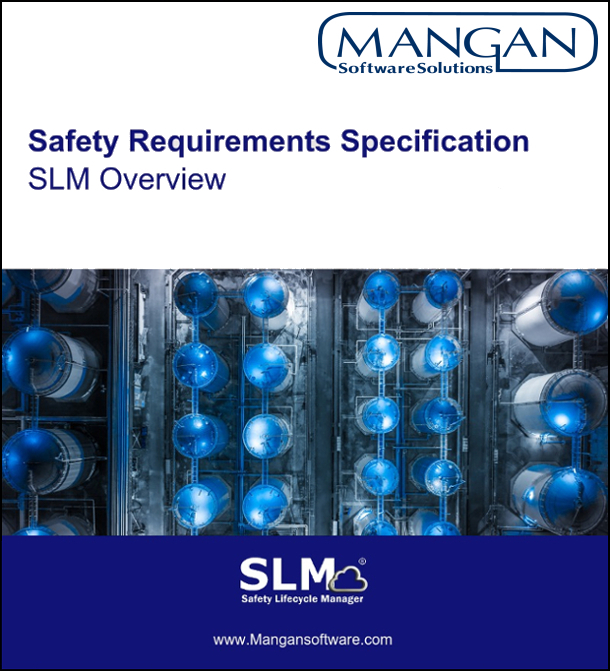
This White Paper will review the purpose and
usage of an SRS, some of the issues that have
been observed in SRS’s produced by various
organizations, provide some practical
suggestions for SRS preparation, and discuss
the advantages of a Data-Driven SRS. This
paper also is the first part of multiple white
papers that will provide a user with a reference
on the details and best practices for
development of Safety Requirements
Specifications and management of SIS’s, SIF’s
and Input and Output using SLM.
By leveraging the power of real-world device event data and incorporating that data into a SIS Safety Lifecycle Management (SLM) software, plant operations and maintenance teams can gain powerful insights into the performance of their Safety Instrumented Systems (SISs) while responding quickly to maintenance issues. Integration between the systems automates the manual processes of gathering critical data surrounding SISs and simplifies the data exchange surrounding test frequencies, test results, spurious trips, automated event tracking, and overall plant safety. There are many means of accessing and reporting on this real-world and even real-time data. SLM has integration capabilities with open interfaces and flexibility. Users can quickly define and integrate this time-series data stream into Key Performance Indicators (KPIs), report views, test events, and notifications. This complete end-to-end integration of data creates a more complete picture of how to maintain and operate a safer and more efficient plant.
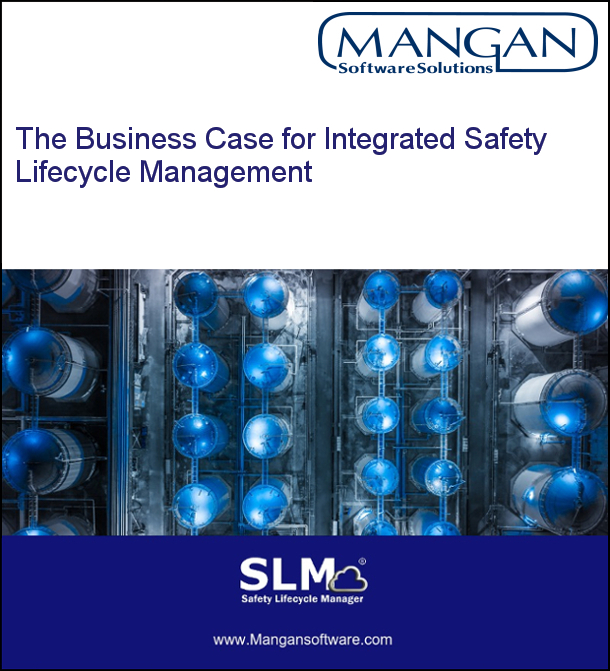
Safety Lifecycle Management roles and functions cross multiple organizational boundaries and require active and continual sharing of data that often does not occur in traditional process facilities. This paper discusses the business reasons for adoption of an integrated Safety Lifecycle Management program. Among the topics discussed are management perceptions relative to Safety Lifecycle Management, obstacles that exist in traditional approaches and how compliance with National and Industry Standards and efficient management of the Safety Lifecycle are good business practices.
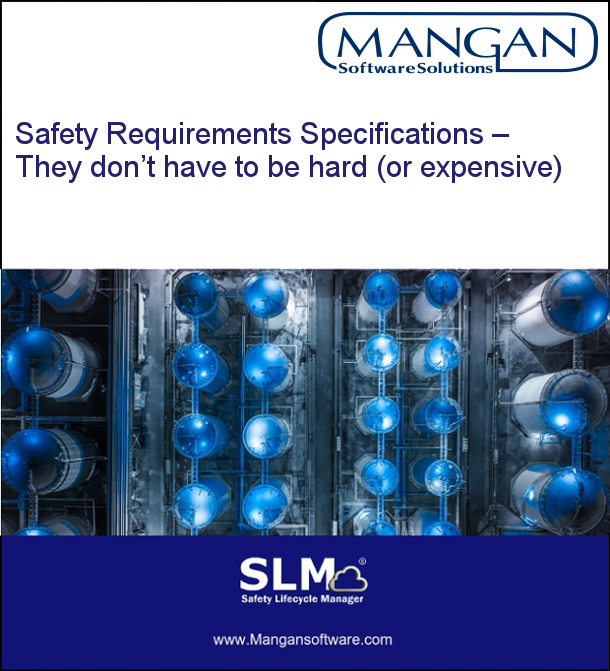
IEC 61511 and ISA 84.00.01-2004, Clause 10, requires that a Safety Requirements Specification (SRS) be prepared for all Safety Instrumented Systems (SISs). The Clause presents a number of items to cover in the SRS, but provides little or no guidance on how a SRS should be developed, organized, or maintained. This lack of guidance results in Operating Companies, SIS Consultants, and Engineering Companies producing a variety of SRSs that vary widely in format, content, and quality. In practice, these SRSs have become extremely expensive to produce and maintain, and really do not meet the intended functionality and value.
This white paper reviews the purpose and usage of a SRS, identifies some issues observed in SRSs produced by various organizations, provides some practical suggestions for SRS preparation, and discusses the advantages of a Data-Driven SRS.
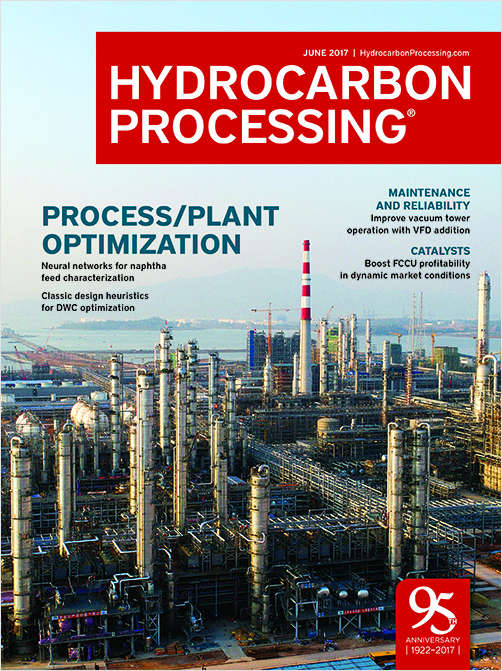
Over the past 25 years, the process safety and functional safety disciplines have evolved from the implementation of safety legislation and the creation of governing authorities, to the de-development of best practices and the adoption of applicable standards. As the push for operational excellence and process safety spreads across multiple industries worldwide, organizations are continuously looking to technology to offer effective solutions.
Over that time, technological advances have provided new and effective software products that sought to answer this call; yet, emerging process safety methodologies and technical limitations of the 1990s and early 2000s reduced their scope and efficacy. Detailed here are the evolution of information-man- management technology, the benefits of software innovation over the last 25 years, and the limitations of tactical solutions that led to the search for new products.
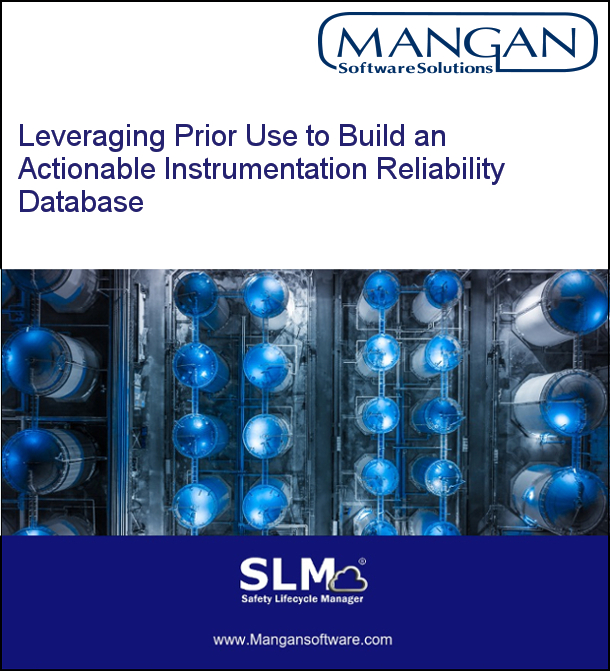
As increasing attention falls upon managing Safety Instrumented Systems (SISs), industry leaders are looking for more reliable device and equipment options when designing their safety instrumented functions – the goal being to achieve the highest possible Risk Reduction Factor (RRF) per instrumented function, while minimizing construction and maintenance costs.
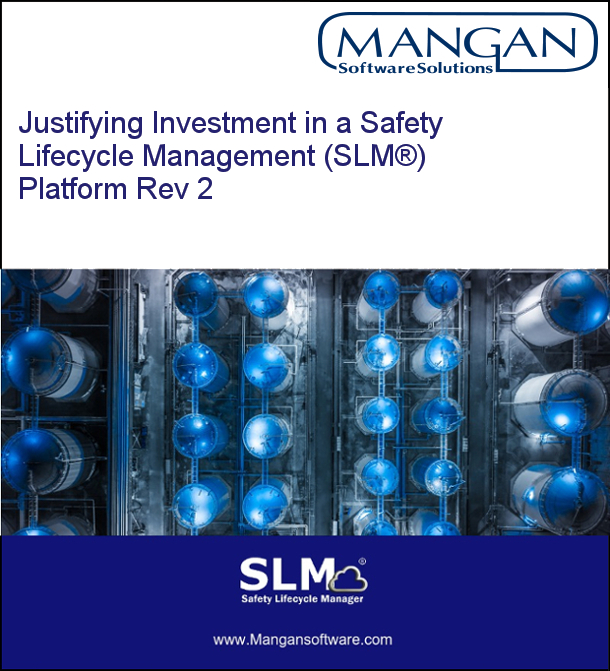
You have seen the SLM® demonstration and are impressed. Every process safety, safety engineering and operations challenge that you threw at the demonstration team has been answered. The software has a well-designed and user friendly solution for every problem except one: How do you sell this to your management?
This paper discusses how safety lifecycle software purchases may be effectively justified to your senior management through both business and safety case studies from actual customer experiences. Your numbers will likely differ from the numbers used in these case studies, but this paper should help you understand where to look.